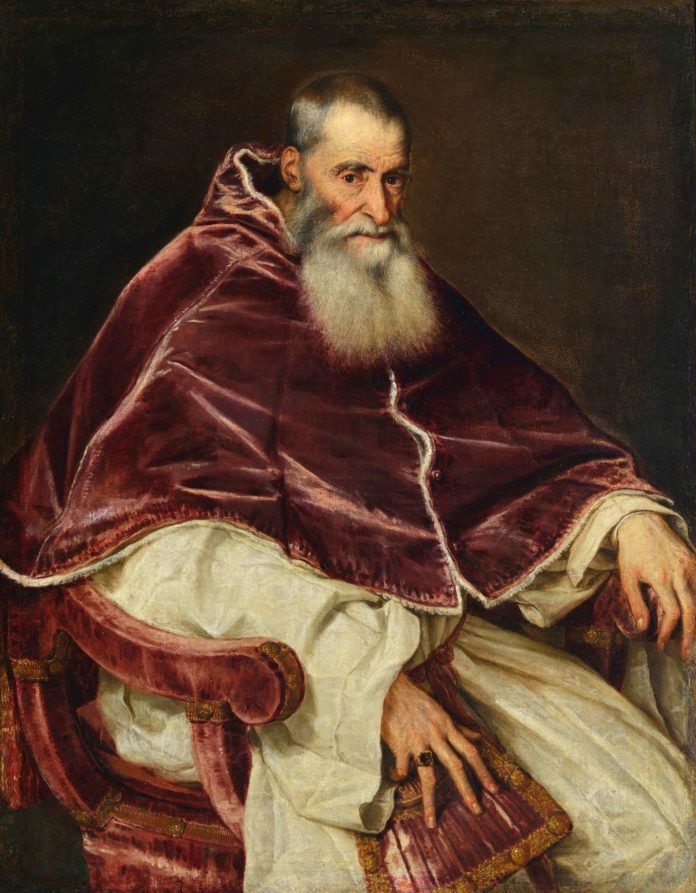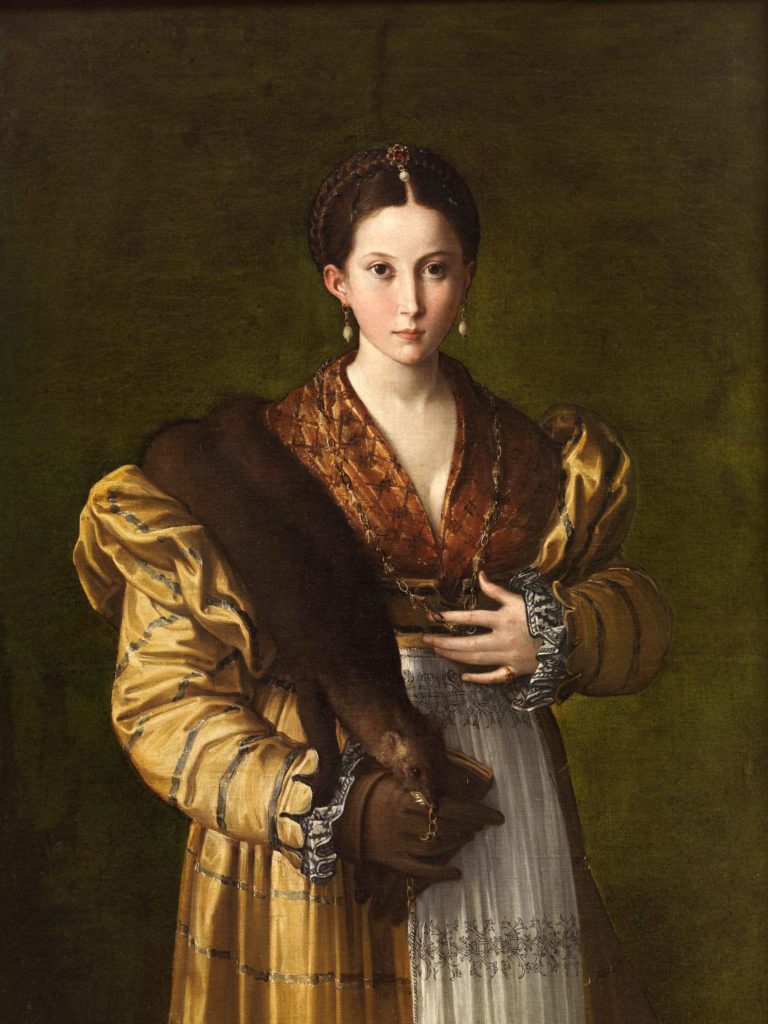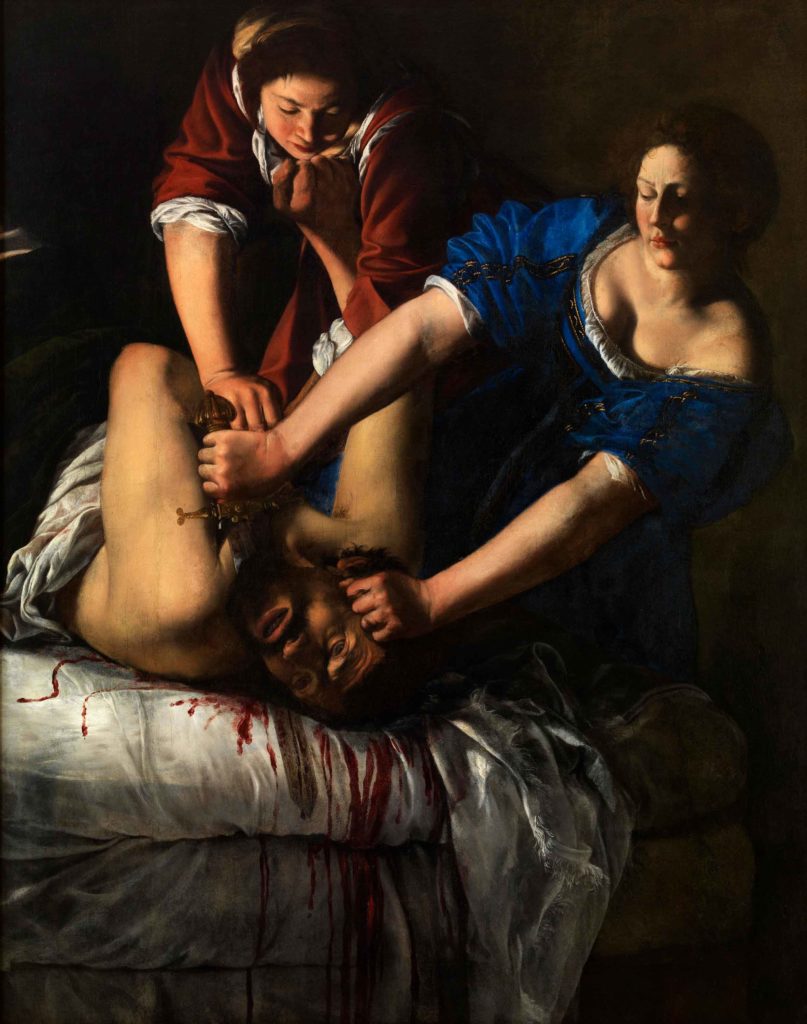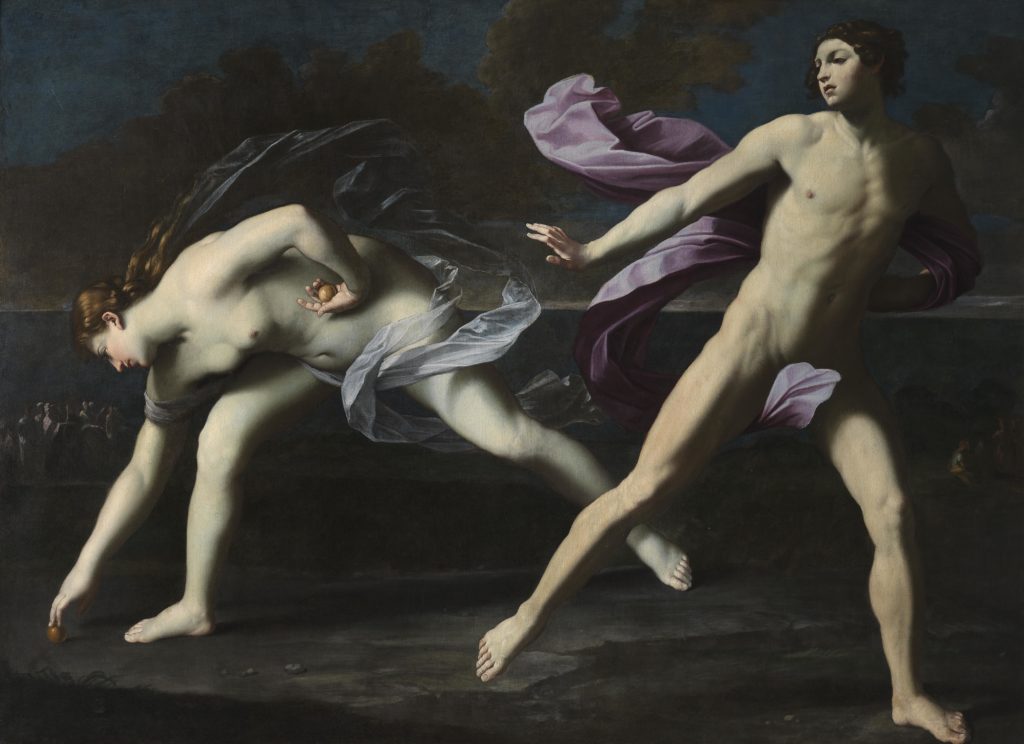
Flesh and Blood: Italian Masterpieces from the Capodimonte Museum
Through January 26, 2020
Seattle Art Museum
The Seattle Art Museum presents “Flesh and Blood: Italian Masterpieces from the Capodimonte Museum” (October 17, 2019–January 26, 2020), featuring 40 Renaissance and Baroque works of art (39 paintings and one sculpture) drawn from the collection of one of the largest museums in Italy. From the Museo di Capodimonte in Naples, the exhibition offers a rare opportunity to see works by significant Italian, French, and Spanish artists who worked in Italy, including Artemisia Gentileschi, El Greco, Parmigianino, Raphael, Guido Reni, Jusepe de Ribera, Titian, and more.

The Capodimonte Museum is a royal palace built in 1738 by Charles of Bourbon, King of Naples and Sicily (later King Charles III of Spain). The core of the collection is the illustrious Farnese collection of antiquities, painting, and sculpture, formed in the sixteenth and seventeenth centuries and inherited by Charles of Bourbon. Italian and Spanish masterpieces of the Baroque period, grounded in realism and produced in Naples, build on this foundation.
The Farnese collection traces a century of creativity, inspiration, and a constant search for beauty, followed by masterpieces of the Baroque era characterized by grandeur, dramatic realism, and theatricality.

This exhibition marks the first time that this many works from the Capodimonte Museum will travel together at the same time. The New York Times called the museum an “under-visited treasure trove” with a “staggering collection of art,” and Conde Nast Traveler called it “the most underrated museum in Italy.”

The paintings in “Flesh and Blood” center on the human figure, whether featured in portraits or mythological and religious scenes. They explore the intersection of physical and spiritual existence, with an emphasis on the human body as a vehicle to express love and devotion, physical labor, and tragic suffering.

“I am thrilled that we have the rare opportunity to see these incredible works in Seattle,” says Chiyo Ishikawa, SAM’s Susan Brotman Deputy Director for Art and Curator of European Painting and Sculpture. “Epic and intimate, divine and brutally realistic, these paintings speak to the complexity of human experiences in a timeless way that will resonate with our visitors.”
Sign up to receive Fine Art Today, the free weekly e-newsletter from
Fine Art Connoisseur magazine.







